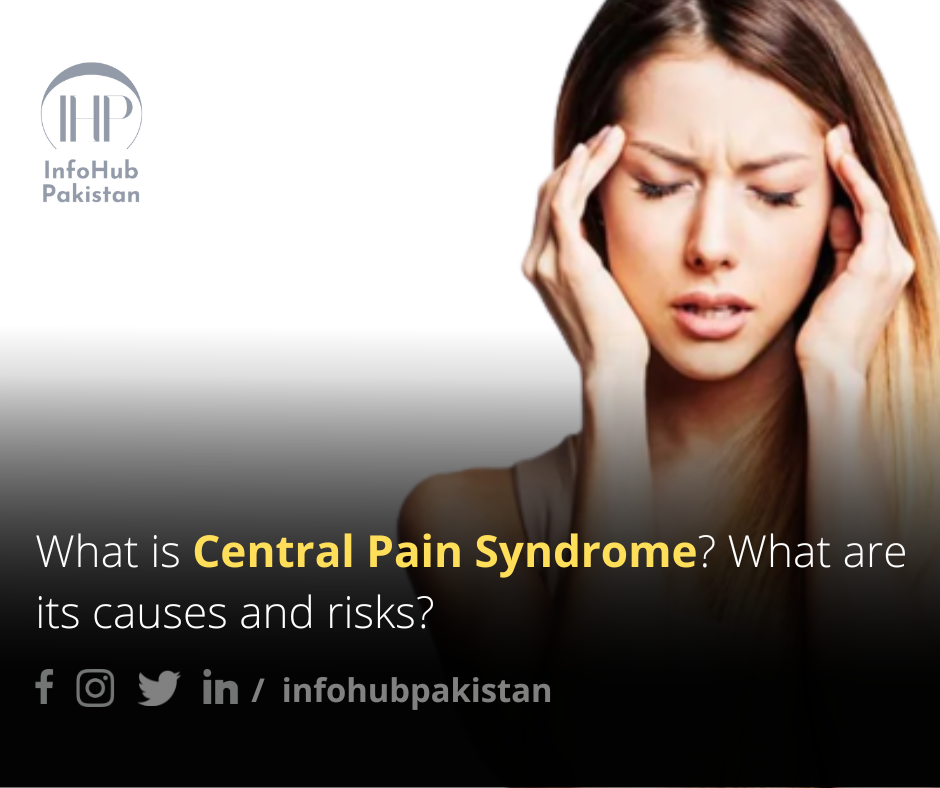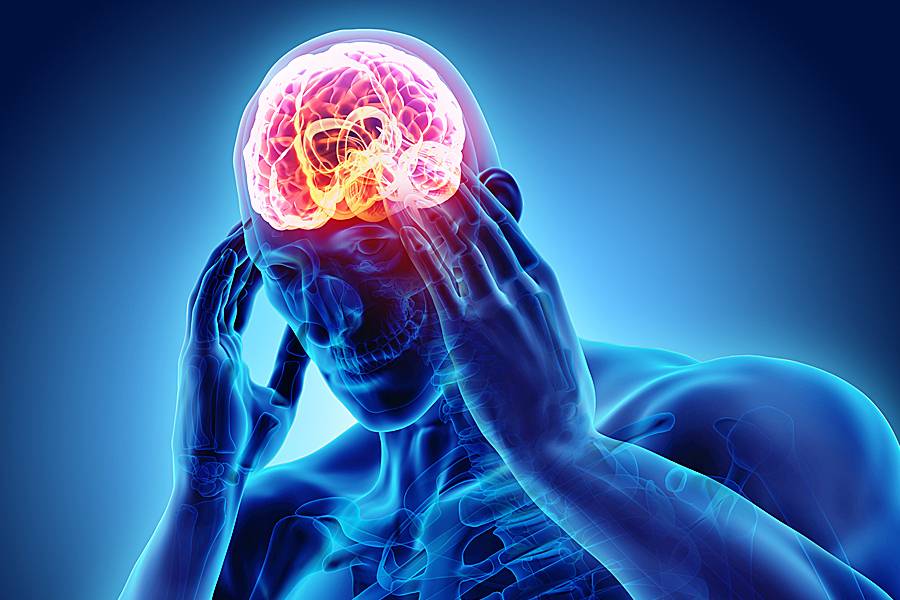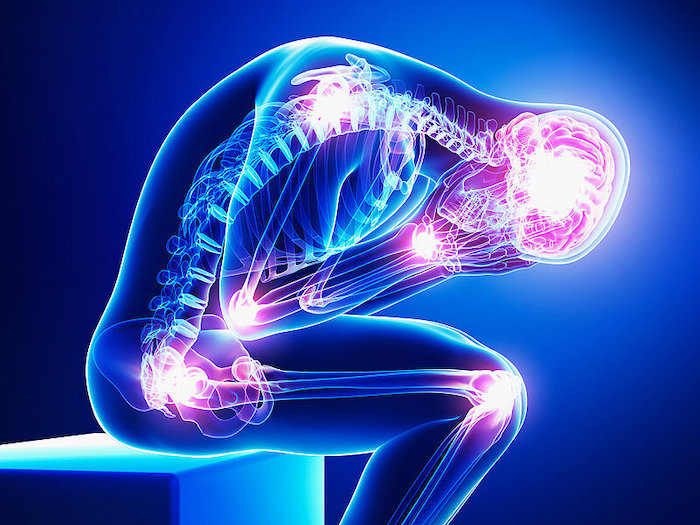
What is Central Pain Syndrome?
What is Central Pain Syndrome?
Central pain syndrome is a neurological disorder that affects the brain with problems with the nerves. Due to the effects of this disease, the person’s brain is not able to function properly. It includes the posterior part of the brain and the spinal cord. Central pain syndrome is difficult to diagnose and there are no diagnostic procedures available that can accurately diagnose the disease. However, people suffering from this disease usually have to face the following problems. For example – stroke, brain tumor, parkinson’s disease, spinal cord injury, multiple sclerosis, brain injury etc. Perhaps many people will not know, let us tell you in detail about the causes, symptoms, diagnosis, treatment and risks of Central Pain Syndrome in today’s article.
Causes of Central Pain Syndrome?
The pain in CPS is not associated with a nerve. Originates from the brain. Because of this, the pain is more severe in the case of CPS. Peripheral nerves are those that are present outside the body and spinal cord of the person. Brain injury produces the perception of pain. This injury usually occurs in the thalamus, a structure within the brain that processes sensory signals to other parts of the brain. However, the problem can be complicated due to some of the following conditions.
- For example – bleeding in the brain.
- a stroke.
- multiple sclerosis.
- brain tumors.
- aneurysm.
- Spinal cord injury.
- a traumatic brain injury.
- Epilepsy.
- Parkinson’s disease .
Surgical procedures that involve the brain or spine.

Symptoms of Central Pain Syndrome?
The symptoms of central pain syndrome can vary from person to person. Its symptoms are quickly visible in injury or other condition. However, in some people the symptoms develop late or early. These symptoms include.
- Like – having pain with burning sensation.
- Sharp pain
- General pain
- Numbness.
In severe cases, people suffering from central pain syndrome have more pain when touched lightly by clothes, blankets or strong wind. Makes different types of pain more severe. These include
- To be touched
- To be stressed
- more anger
- Greater change in behavior.
- To sneeze
- Change in barometric pressure.
In many cases of central pain syndrome, this condition may persist forever.
Lorem ipsum dolor sit amet, consectetur adipiscing elit. Ut elit tellus, luctus nec ullamcorper mattis, pulvinar dapibus leo.
Diagnosis of Central Pain Syndrome?
Central pain syndrome is very difficult to diagnose. However, it can be related to pain and injury. The doctor may do special tests to diagnose central pain syndrome. Apart from this, the doctor inquires about the symptoms of the patient and does physical examination as per the requirement. In this, the patient is asked about the previous disease history. If you have any kind of injury then you should give complete information about it. Central pain syndrome does not develop only after CNS injury.
Treatment of Central Pain Syndrome?
There is no cure for Central Pain Syndrome. Although research is going on by scientists. According to the doctor, pain relievers are given to control its symptoms. In some cases, epilepsy drugs are given so that it can be controlled to some extent. These drugs include.
- Topiramate.
- Gabapentin.
- Duloxetine.
- carbamazepine.
Risks of Central Pain Syndrome? What are the Complications of Central Pain Syndrome?

- Central pain syndrome is a rare condition in which a person starts having difficulty in doing his daily activities. Apart from this, some people start having mental problems. These problems include sleeplessness, excessive fatigue, behavioral changes, anger, stress and anxiety, suicidal thoughts, etc.
- There is no exact treatment for central pain syndrome, but to reduce the pain, doctors can give doses of painkillers. With the help of medicine, a person can lead a normal life.








